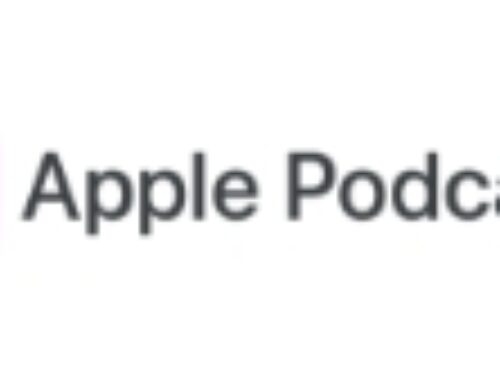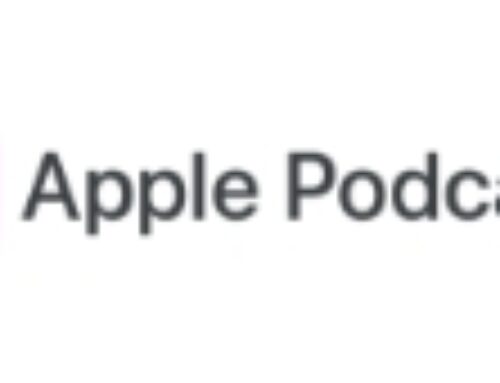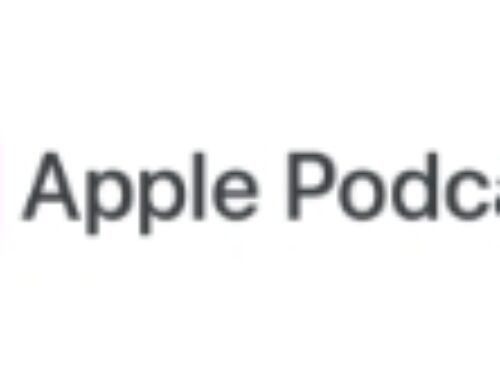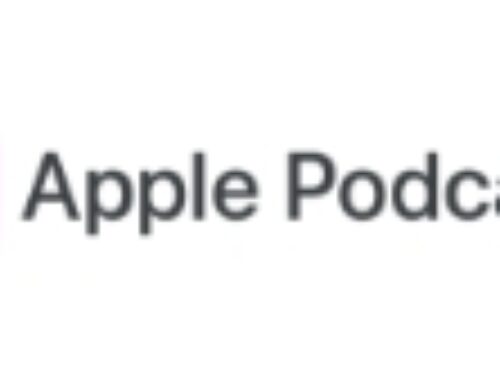Your paid search landing page is a stand-alone web page typically separate from your website.
It’s the first page visitors see after clicking your paid search ad, making it solely responsible for high-quality lead conversions and performance.
Getting it right is essential.
The effectiveness of its design, message, page load speed, lead capture form, and several other factors are critical to its success. And, it’s part of the four vital optimizations required for digital marketing success.
In this blog, I share
What is Landing Page Optimization for Paid Search?
18 Ways to Optimize a Healthcare Landing Page
What Is PPC Landing Page Optimization?
Landing page optimization for pay-per-click (PPC) means you’re
Implementing a great design that’s both functional and appealing to your target audience.
Optimizing each page element to maximize the number of high-quality visitors completing a desired action.
Reviewing, refining, and reoptimizing regularly and as new data becomes available.
The ultimate goal of a paid search landing page is to convert.
Why?
More conversions mean more leads, better quality scores, and higher ROI on your ad spend. Let’s take a closer look at each and find out why they’re so important for your paid ad campaign.
1. More Paid Search Leads
Every ad campaign needs a top-notch PPC landing page. Healthcare landing pages increase your ad’s credibility and provide a concise view of your offer. Creating a PPC landing page with helpful information builds trust and encourages action.
2. Better Quality Scores
A landing page that satisfies a user’s search intent earns a better quality score. The more relevant your content is to your chosen keywords, the better your score—a better quality score results in a higher ad rank and lower cost per click.
3. Higher ROI
When you have a well-designed page that satisfies the user’s search intent and supports a higher ad rank, you get more clicks and conversions, contributing to higher ad campaign ROI.
Optimizing a PPC landing page also means you’re optimizing for the following:
1. Your business
Including elements that legitimize your brand and business is essential for building credibility and trust with your audience.
2. Google
Google is the key master and controls your ad rank. While you want to do everything possible to increase conversions, you must satisfy Google’s expectations to rank higher on the SERP (search engine page rank). Ads that rank higher perform better.
3. Conversation rates
Healthcare landing page optimization for paid search conversions is complicated and, if done incorrectly, can result in low-quality leads that don’t benefit your business.
Before I share our PPC landing page optimization best practices, it’s important to note that these pages are best for smaller asks, like scheduling an appointment. Larger asks requiring an agreement or money exchange should usually be handled on your main website or dedicated microsite.
Here’s an example of a high-performing paid search landing page we created to help the Boston Headache Institute increase consultation leads.
18 PPC Landing Page Optimization Best Practices
Learn how to increase high-value conversions and grow revenue for your business with these PPC optimization best practices.
1. Find out what’s not working
Analyze your existing landing pages and identify usability problems that could negatively impact your conversion rate. Ask yourself whether your page gives a bad first impression, has excessive or non-scannable text, lacks consistency with your ad campaign, or includes complicated navigation.
2. Test everything
In most cases, you’ll want to start by testing the overall message and different value propositions until you find a combination that resonates with your target audience.
a. Test Headline—Is it simple and clear? Is it consistent with your ad? Is it benefit-driven? Does it promise to solve a unique problem?
b. Test Value Proposition—Does your headline communicate your USP? Does it tell your users why or how your products or services will solve their pain points?
c. Test Button Color, Shape, and Size—Does it stand out from the rest of your landing page? Do rounded or straight corners convert better? Do smaller or bigger buttons convert better?
d. Test Button Call to Action Text—Does your button text tell the visitor exactly what they’ll get? Is it valuable? Is it relevant? Does it do more than just “Submit” the lead capture form?
e. Test Minor Details—Be sure to test everything from page layout, eye flow, font, colors, images, and buttons. You may learn that even the smallest change can make a big impact on conversions.
3. Use a catchy URL
Give your PPC landing page a memorable, effective URL, like “www.endmylowt.com.” It is a stand-alone page, so its URL should differ from the business’s root URL. Get creative and include geography to help improve overall performance.
4. Put your most important content above the fold
Keep everything on the page lean and eliminate distractions to keep people moving through your sales funnel. Keep your desired action (CTA) at the top of the page, where it’s most visible. Include an enticing image and clever copy.
5. Keep it brief
The best-performing PPC landing pages are clear, concise, succinct, and at most 350-500 words. It’s important to be clear, concise, and helpful to satisfy the search intent.
6. Write in the correct point of view
Minimize using the third person (e.g., he, him, her, hers, etc.) in your copy, as it is less engaging. Instead, most messaging should be written in the second person (e.g., “You” will get this benefit). However, buttons are a special case, as research shows the first person can work best there (e.g., Sign Me Up!).
7. Match up your ad copy and landing page headlines
Creating a strong message match between your ad and page increases conversions. It reassures your audience that they’ve come to the right place.
8. Eliminate distracting navigation
Healthcare landing pages are created to persuade visitors to perform a specific action (e.g., convert). Everything on your page must direct them toward that goal. Unnecessary navigation links may distract visitors, causing them to leave before converting.
9. Double-check grammar and spelling
You can build an engaging ad, compelling PPC landing page copy, and powerful CTAs, but spelling, grammar, or even punctuation errors will negate everything and significantly increase your bounce rate (the percentage of people leaving without taking any action).
10. Improve page load speed
Like grammar and spelling errors, a slow-loading page will increase your bounce rate. Paid search landing pages with high bounce rates tell Google that the experience is poor, negatively impacting your ad rank.
11. Add testimonials and reviews
Social proof, like patient testimonials and product reviews, builds trust with your audience. They also reassure potential customers that your products, services, or offer are legitimate and helpful.
12. Include trust indicators, badges, etc.
Like patient testimonials and product reviews, trust signals reinforce the authenticity of your brand, products, and services. Trust signals can include case studies, partner logos, SSL certificates, and more.
13. Embed videos
Including an engaging video helps increase the time a person spends on your PPC landing page. These elements also help generate heightened interest in your product or service, educate prospects, increase conversions, and provide valuable analytic data for your business.
14. Optimize the lead capture form
The ultimate goal of any paid search landing page is to generate leads for your business. While the entire experience is significant, getting the lead capture form right is essential. Not only does it have to look great, but it must also be fast and easy to complete. Eliminate friction and remove unnecessary form fields. Include social proof, skip captchas, and keep it simple with pre-filled form fields to maximize conversions.
15. Ensure your page is mobile-friendly
With more than half of all web traffic coming from mobile devices, your landing page experience must be mobile-friendly. Not only will this increase your overall conversion rate, but it will also improve your ad rank with Google.
16. Optimize your page for customers—not conversions
Earlier in this blog, I said conversions are the ultimate goal. While that’s true, you don’t want just anyone converting. You want to create a landing page that entices the right audience to convert. This means you must also prioritize content quality, keywords, and target audience demographics.
17. Personalize, personalize, personalize
Take your healthcare landing page experience to the next level with subtle but impactful changes based on where your audience lives or their entry channel. For example, adjust your imagery based on their geographic location or test different headlines for Facebook vs. Google ads.
18. Avoid distractions that take users off your page
Be sure to avoid anything that competes for attention with your CTA, especially distractions such as links, website navigation, or social media icons.
Follow this checklist to improve PPC landing page optimization, boost conversions, earn higher quality scores, and get higher ROI on your ad spend.






Leave A Comment